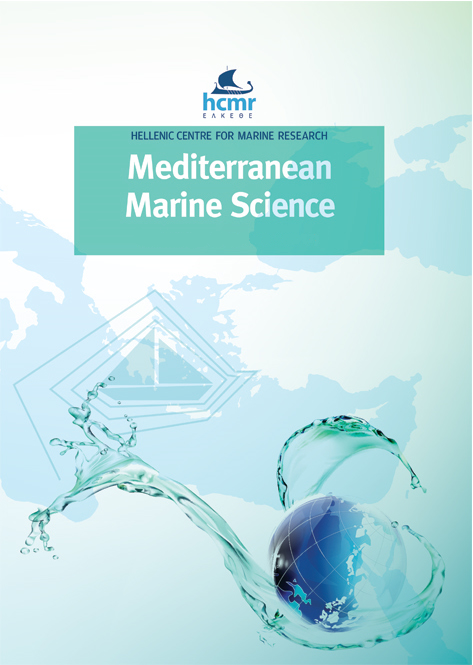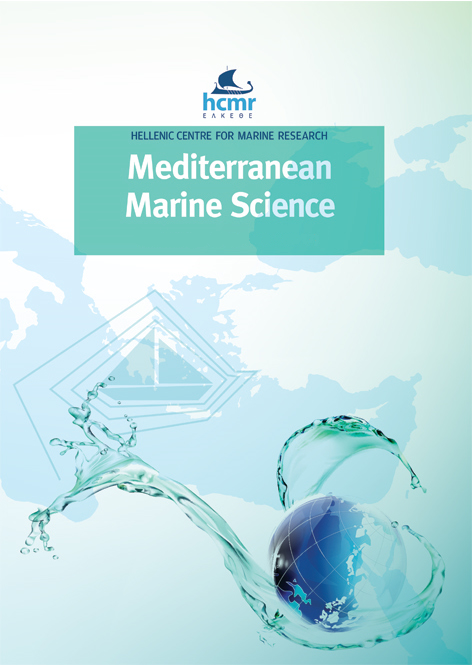Heavy metal accumulation capacity of Axinella damicornis (Esper, 1794) (Porifera, Demospongiae): a tool for bioremediation of polluted seawaters

Abstract
Within the overwhelming increase of pollutants spilled into the sea, heavy metals are emerging contaminants due to their high toxicity, persistence, and accumulation in both the organisms and the environment. This study aims to assess the retention capability of lead and cadmium by the sponge Axinella damicornis under laboratory conditions. The sponges were exposed for 144 h to seawaters artificially polluted with Pb and Cd separately and with a mixture of the two metals. The retention efficiency of the sponge in removing the metals from seawater and the metal uptake in the sponge body at the end of the experiment were measured. The highest values were recorded for Pb: in the sponge, this metal resulted in 6 times and 9 times more concentrated than Cd, in the case of single and double contamination respectively. The metal concentrations, especially for Pb, were much higher in A. damicornis than in other organisms investigated in the sea. The synergistic effects of the mixture of Pb and Cd were also evaluated, and remarkable signs of stress and necrosis were recorded in the specimens exposed to the two metals combined. This study paves the way to the knowledge increasing on both the effective effects of heavy metal contamination on the organisms and on the possible use of A. damicornis as efficient tool for bioremediation of polluted seawaters.
Article Details
- How to Cite
-
GRAVINA, M. F., LONGO, C., PUTHOD, P., ROSATI, M., COLOZZA, N., & SCARSELLI, M. (2022). Heavy metal accumulation capacity of Axinella damicornis (Esper, 1794) (Porifera, Demospongiae): a tool for bioremediation of polluted seawaters. Mediterranean Marine Science, 23(1). https://doi.org/10.12681/mms.27792
- Issue
- Vol. 23 No. 1 (2022)
- Section
- Research Article
Authors who publish with this journal agree to the following terms:
- Authors retain copyright and grant the journal right of first publication with the work simultaneously licensed under a Creative Commons Attribution Non-Commercial License that allows others to share the work with an acknowledgement of the work's authorship and initial publication in this journal.
- Authors are able to enter into separate, additional contractual arrangements for the non-exclusive distribution of the journal's published version of the work (e.g. post it to an institutional repository or publish it in a book), with an acknowledgement of its initial publication in this journal.
- Authors are permitted and encouraged to post their work online (preferably in institutional repositories or on their website) prior to and during the submission process, as it can lead to productive exchanges, as well as earlier and greater citation of published work (See The Effect of Open Access).





